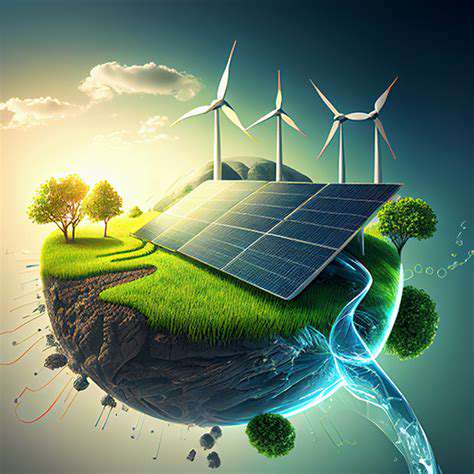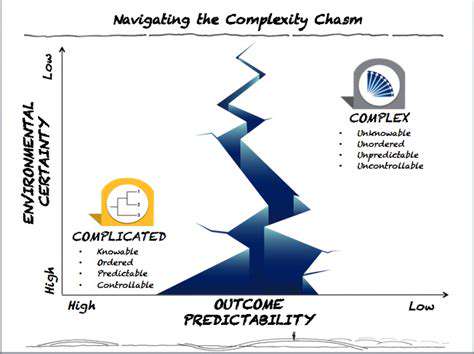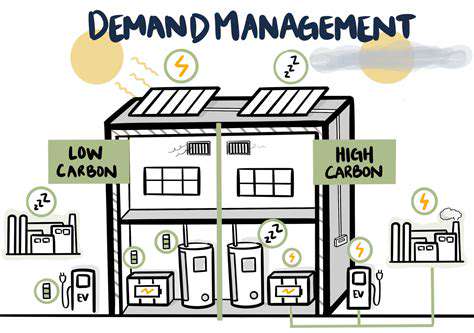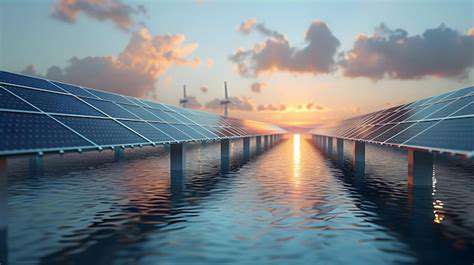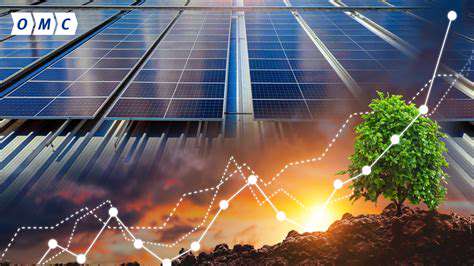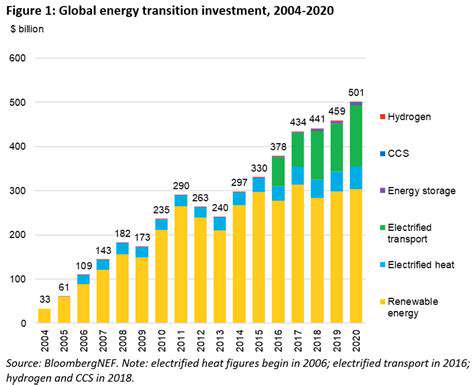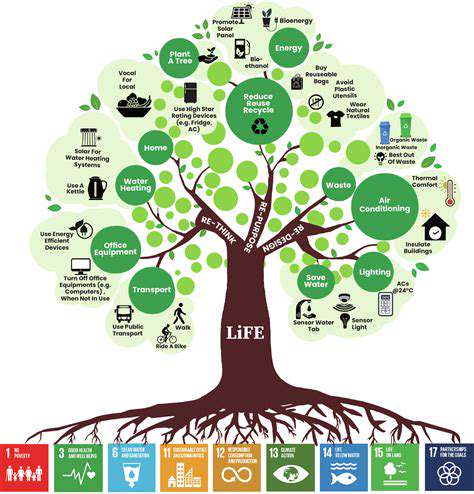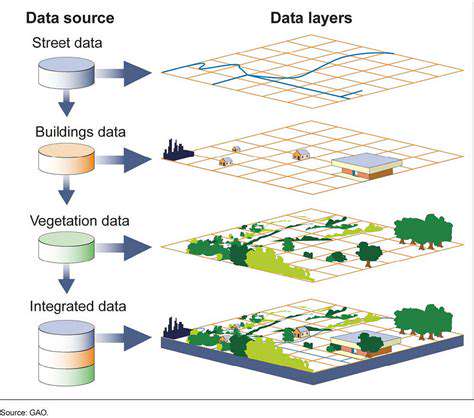Pumped Hydro Storage: A Tried and True Energy Storage Method
The Future of Pumped Hydro Storage in the Energy Landscape
Pumped Hydro's Role in Grid Stability
Pumped hydro storage plays a crucial role in maintaining grid stability, particularly in balancing intermittent renewable energy sources like solar and wind. Its ability to rapidly adjust output allows for efficient management of fluctuating energy supply and demand. This dynamic response is critical for ensuring grid reliability and preventing blackouts, especially during periods of high solar or wind output followed by a lull. The system's ability to store excess energy and release it when needed acts as a buffer, smoothing out these fluctuations and providing a more consistent power supply.
Furthermore, the predictable and controlled nature of pumped hydro makes it a valuable tool in frequency regulation. This involves adjusting power output to maintain the desired frequency of the grid, which is essential for stable operation. The ability to quickly and precisely respond to frequency fluctuations is a vital contribution to the overall grid resilience.
Technological Advancements and Efficiency Improvements
Ongoing technological advancements are focused on increasing the efficiency of pumped hydro facilities. This includes improvements in turbine design, pump technology, and energy-loss reduction strategies within the entire system. These enhancements translate to a greater storage capacity and a lower operational cost, making pumped hydro storage more competitive in the energy market.
Research and development also aim to optimize the use of existing infrastructure and explore the potential of new applications. This includes utilizing more efficient materials, improving the control systems, and exploring integration with other energy storage technologies. The goal is to enhance the overall performance and sustainability of pumped hydro plants.
Environmental Considerations and Sustainability
While pumped hydro is generally considered a clean energy storage technology, environmental considerations are crucial. The construction of new pumped hydro facilities can impact landscapes, potentially affecting ecosystems and water resources. Careful site selection and planning are essential to minimize these impacts and ensure the project aligns with environmental sustainability goals.
The long-term impact on water resources, both during operation and potential drought periods, needs thorough assessment. Sustainable water management practices, including careful reservoir operation and water usage optimization, are necessary to ensure the ecological integrity of the surrounding area.
Integration with Renewable Energy Sources
Pumped hydro storage is uniquely positioned to facilitate the integration of renewable energy sources into the grid. By storing excess energy generated from solar and wind farms, it helps to overcome the intermittency challenges associated with these sources. This integration can lead to a more reliable and sustainable energy system, significantly reducing reliance on fossil fuels.
The combination of pumped hydro with other energy storage technologies, such as batteries, can further enhance the grid's flexibility and resilience, allowing for greater renewable energy penetration. This synergistic approach provides a robust framework for a future powered by clean energy.
Economic Viability and Cost-Effectiveness
The economic viability of pumped hydro storage projects is a key factor influencing their deployment. Factors such as land availability, construction costs, and operational expenses need careful consideration. Government incentives and policies can play a crucial role in promoting the development and adoption of these projects.
The long-term cost-effectiveness of pumped hydro, taking into account the reduced reliance on fossil fuels and the enhanced grid stability, needs careful evaluation. Analyses must weigh the initial investment against the long-term benefits, including reduced emissions, enhanced grid reliability, and potential cost savings in the energy sector.
Future Trends and Innovations
The future of pumped hydro storage likely involves innovations in design, materials, and control systems. This includes exploring new materials for components, advanced control algorithms, and potentially even the integration of smart grids to optimize energy flow. Further research into smaller-scale pumped hydro projects, potentially integrated into existing infrastructure, is another promising avenue of development.
The potential for pumped hydro to serve as a critical component in microgrids and decentralized energy systems will likely gain prominence as communities strive for greater energy independence and resilience. These trends will contribute to a more flexible and robust energy landscape, facilitating the transition towards a sustainable future.
